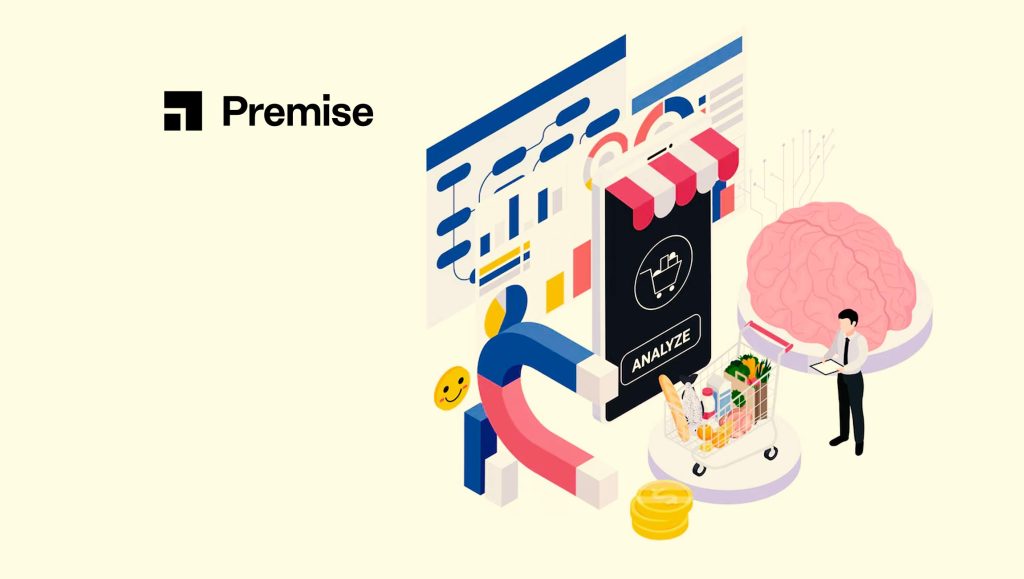The competition for prepared foods is heating up, according to Intouch Insight Ltd.’s (TSXV: INX) (OTCQX: INXSF) Mobile Ordering Trends Report.
The competition for prepared foods is heating up, according to Intouch Insight Ltd.’s Mobile Ordering Trends Report. The research shows that mobile ordering technology is undermining the distinction that quick-service restaurants (QSR), fast casual and, most recently, convenience store brands have worked so hard to establish.
“With these apps offering all prepared food options side-by-side, it’s never been easier for consumers to get what they want yet harder for brands to differentiate themselves,” said Laura Livers, Head of Strategic Growth at Intouch Insight
Despite relatively low adoption compared to other segments during the pandemic, the report found usage of last-mile services like mobile ordering spiked 47% in the convenience sector in summer 2022. Of particular interest is what consumers have in their mobile carts. Nearly a quarter of respondents (24%) ordered prepared foods and groceries from c-stores using a mobile app, making this shopping method a potential battleground for prepared food across industries in 2023.
“As brands have increasingly jumped onto the mobile ordering bandwagon to drive convenience, we’ve seen a significant increase in blurring between channels like c-stores, QSRs and fast casual restaurants,” said Laura Livers, Head of Strategic Growth at Intouch Insight, “With these apps offering all prepared food options side-by-side, it’s never been easier for consumers to get what they want yet harder for brands to differentiate themselves.”
As mobile ordering gains popularity, many brands across sectors are combating this by migrating to their own first-party applications. This allows brands to regain control of their customers’ journeys, expectations, and relationships. Further, first-party apps consistently scored higher among respondents across key customer experience metrics than third-party options, but only by a small margin.
Read More: SalesTechStar Interview with Keith Feingold, Vice President of Worldwide Sales at Onymos
“We found that convenience is the number one factor that drives consumers to use a mobile app to order food. Brands who want to delight customers with mobile ordering and draw traffic from third-party applications must concentrate their efforts on enhancing key elements of the user experience, making it as easy as possible for consumers to order online directly from their own channels,” said Livers.
In the mobile ordering arena, contactless pick-up and delivery is critical as many consumers continue to feel safer ordering in-app (77%) and getting delivery (73%). While first-party apps compete well with order quality (accuracy, temperature, and speed of delivery), findings show that they are overall lacking in contactless options. Sixty-seven percent of first-party apps offer it, compared to 96% of third-party apps, making this an area for improvement for those investing in their app experiences.
“While mobile ordering isn’t new, it is now table stakes for those offering prepared food,” said Livers. “To ensure a great customer experience and continue to own your customer relationships, it’s crucial for brands to go beyond the pandemic pivot and make the investment in their own mobile experience.”














